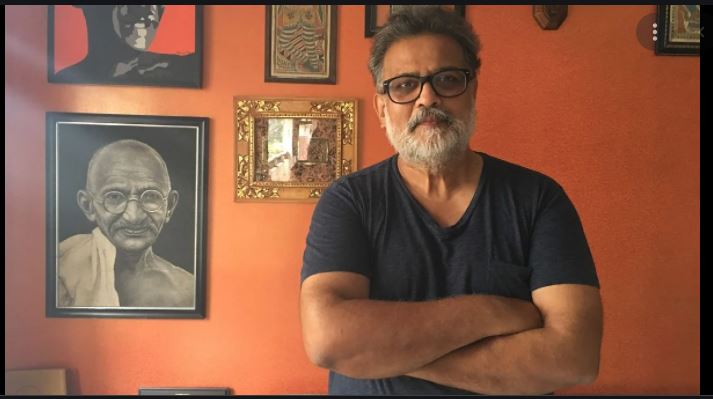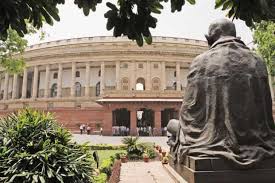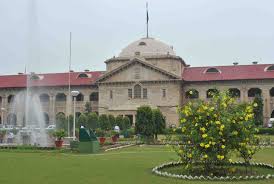Why Have I Approached the Court Instead of offering Satyagraha?
THEY MUST BE STOPPED
Tushar Gandhi
Many have asked me why I have appealed to the court to save Sabarmati Ashram and not offered Satyagraha to save it? My answer is, I am following Bapu’s instruction.
There is space for a public agitation for protecting Sabarmati Ashram. Bapu has prescribed steps for a Satyagraha. I quote him, ‘Since Satyagraha is one of the most powerful methods of direct action, a Satyagrahi exhausts all other means before he resorts to Satyagraha. He will, therefore, constantly and continuously approach constitutional authority, he will appeal to public opinion, educate public opinion, state his case calmly and coolly before everybody who wants to listen to him; and only after he has exhausted all other avenues will he resort to Satyagraha. But when he has found the impelling call of the Inner Voice within him, and launches out upon Satyagraha, he has burnt his boats and there is no receding.’ – M. K. Gandhi. Young India: October 20, 1927.
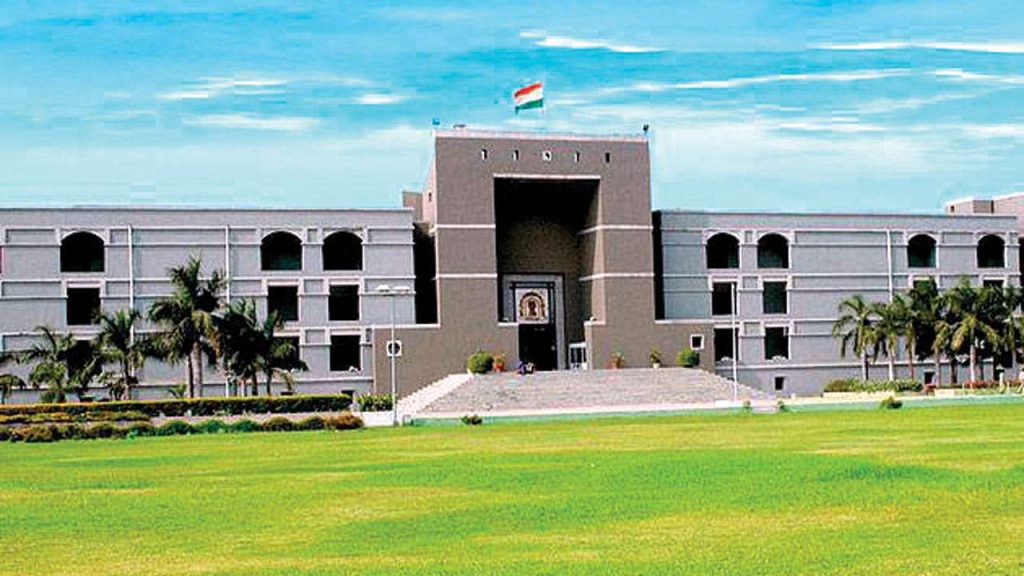
My approaching the court does not rule out Satyagraha, a public protest can go on simultaneously. When the time comes and if we truly believe that Sabarmati Ashram must be protected and we are ready to sacrifice everything, Satyagraha must and will be offered with the resolve of ‘Karenge ya Marenge!’
For the past two years, frequent reports in the press suggest that Government of India through Government of Gujarat is going to redevelop Sabarmati Ashram and build a ‘Grand World Class Tourist Attraction’ there. There are many very loud rumours circulating, but very scant official information in the public domain; the Government acts in a secretive cloaks and daggers manner. During this time, when I have visited Sabarmati Ashram, I have been confronted by many of the long term residents of the Ashram precinct. These are descendents of those who lived in the Ashram since Ba and Bapu first established it in 1917 – families who have continued to live there for over a hundred years, who will now be displaced.
What makes Sabarmati Ashram special?
After returning from South Africa Ba and Bapu chose Ahmedabad as their home. They rented a bungalow in the Kochrab locality of Ahmedabad and established a small Ashram community there along with 25 to 30 others.
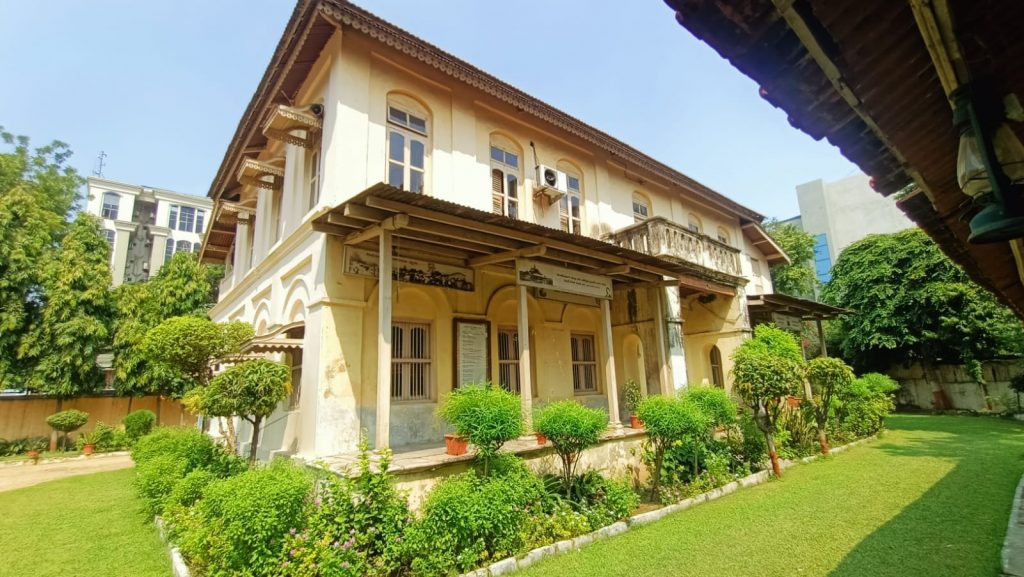
All was well till Bapu invited a family of ‘Untouchables’ to live with them. The neighbours stopped access to the common water well and threatened to boycott the Ashram and its residents.
There was a revolt amongst the Ashram dwellers too. They refused t live with untouchables, Bapu stood his ground and allowed those who refused to live with the Untouchables to leave.
The Ashram faced a boycott by society and discontent within, Bapu realised that he must move out into a more secluded, self sustaining Ashram and so a hunt for a suitable plot of land across the river from the city began. He found a spot on the banks of Sabarmati river between the cremation grounds and the prison, Bapu felt the location was ideal since either prison or death was the ultimate destination of a Satyagrahi.
This plot of barren, undeveloped land was purchased and it was decided that a new Ashram would come up there. When the plague outbreak occurred in the city it was decided that, apart from those providing relief to the victims, the rest would shift to the plot of land and start building the Ashram.
Initially while the land was being levelled and cultivated the residents lived in tents. Then a tin shed was built to house the community kitchen, next small, simple homes were built and activities started there, this is how Sabarmati Ashram came into existence post 1917 and slowly developed into a residential Ashram and several peripheral organisations and institutions engaged in various constructive programs as envisaged by Bapu began functioning from the Ashram precinct. A school was soon started too.
It was from here that Bapu left to lead the Satyagraha in Champaran, It was from here that the movement to protest the Rowlatt Act was launched, it was from here that the nation wide Non-cooperation Movement was launched and later withdrawn in the face of a small incident of violence by Satyagrahis, the lynching of a few policemen in a the small village of Chauri Chaura, in the United Province.
It was from Sabarmati Ashram that the colonial police arrested Bapu and charged him with Sedition, and sentenced him to six year imprisonment. Bapu went from Sabarmati Ashram to lead the Viramgam Satyagraha and later the Satyagraha for farmer’s rights in Bardoli, Kheda.
Sabarmati Ashram became the boot camp for training Satyagrahis in the technique of nonviolent Satyagraha. When Bapu left on the Dandi Kooch on 12th March 1930, he vowed not to return to the Ashram till India won freedom and in 1933 he finally decided to disband it.
In the wake of the Dandi Kooch and the subsequent nation wide Namak Satyagraha, the colonial regime unleashed a brutal reprisal to crush the nonviolent revolt. Farmers and satyagrahis bore the brunt of the tyrannical oppression. Their properties were seized by the state along with all their possessions and they were rendered destitute.
This anguished Bapu and he decided that he would surrender Sabarmati Ashram to the colonial oppressor as a mark of protest against the brutal methods employed by it. Since he was the instigator of the regime’s ‘troubles’, he believed he must bear the punishment. When Bapu’s associates were informed about Bapu’s decision there was much consternation and a lot of voices were raised against this step. Eventually Bapu was convinced not to take such a drastic step. Bapu relented, and handed over the Ashram to the Harijan Sevak Sangh. He instructed them to use the Ashram for the upliftment and benefit of Harijans in perpetuity. As he bid farewell to his home for thirteen years, and the laboratory where the nonviolent technique of Satyagraha and the Charkha were developed, he instructed that the administrators of the Ashram should ensure that all those who were occupying Ashram properties were allowed to do so, as long as they lived according to the ideals of the Ashram, which were practised when Ba and Bapu lived in the Ashram. Ever since, families and descendents of these residents have continued to live in these tenements, some for over a hundred years continuously.
Now they are faced with the possibility of being evicted, uprooted, displaced. For the past two years whenever I visit the Ashram, the current occupants of these properties, who feel threatened by the Government’s proposal, meet me to plead with me to save their Ashram and of course their homes. I have grown up knowing many of them as belonging to the extended Ashram family. The thought of them being displaced is disturbing, naturally they are anxious. A few of them have now changed sides, may be out of their anxiety of losing everything, a sense of being abandoned by everyone, or due to temptation. They have become the Government’s agents, given the task of persuading the reluctant ones to accept the Government’s offer and move out. Like the Colonial Government, present day governments too exploit the weaknesses within us to divide us and implement their agenda, they are using the same tactics to weaken the resistance at Sabarmati Ashram.
What are the Government’s intentions?
Various reports in the press and media suggest that the Government is in a very advance stage of planning the ‘takeover’ and revamp of the Ashram. Stories have circulated about the architect being appointed and detailed plans of the redesign of the Ashram keep appearing in the media and are in circulation, many are conflicting. One says that the Government possesses a photograph of the Ashram as it was in 1947 when India won independence, the government intends to restore the Ashram to that state. This very sinisterly implies that even the acclaimed and award winning Sanghrahalaya, designed and built by the eminent architect Charles Correa will be removed too. Why? Because it was commissioned and inaugurated by the then P. M. Pandit Jawaharlal Nehru? Another report claims that a ‘grand’, ‘world class’ tourist attraction is planned. Sabarmati Ashram is an internationally renowned destination and attracts tourists from all over, as it is. Yes, it is not ‘grand’, but its simplicity and frugality are its grand attractions, its beauty and charm. All these are unconfirmed reports appearing in the media from time to time. The Government has maintained a stony silence. The secrecy it has maintained is a cause for anxiety, a reason to suspect its intentions.
What Bapu wished for the Ashram?
Bapu in his bequest clearly stated that the Sabarmati Ashram must work for the upliftment and benefit of Harijans, Dalits. How will the proposed revamp achieve this? There are Harijan families living in the Ashram precinct, they too face eviction because of the ‘proposed’ revamp, how does that benefit them? The colonial government had forcefully seized homes of farmers and Satyagrahis causing much distress to Bapu. Why is an Indian government acting like the authoritarian and tyrannical Colonial administration?
All this and much more about the plans and intentions of the Government is unofficially known, but nothing has been officially said, till recently. One thing is known that it is a ‘P. M.’s Project’ and like all the other ‘P.M.’s Projects’ it is going to be steam rolled through, and shoved down our throats, whether we like it or not, there is no democracy in this. His men in Gujarat are driving the bulldozer, they are determined to demolish any and everything that stands in their way.
When the present residents meet me they give me many details, but when I talk to the trustees of the several trusts associated with the Sabarmati Ashram, who are supposed to be custodians and caretakers of the Ashram, they keep reiterating that they have no ‘official’ information or intimation from the Government.
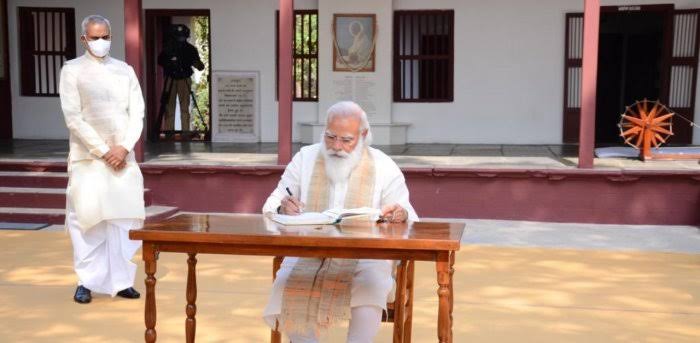
Role of Trustees
For long the trustees of the Ashram have resignedly accepted that the Government is unstoppable and they are incapable of opposing them, they have given up even before offering any resistance. Their actions now smack more as if they are agents of the government rather than custodians of the Ashram and Bapu’s legacy, their attitude to say the least is shameful, it is best described as ‘nonviolence of cowards’, something Bapu despised, saying he would prefer violence to the false nonviolence of cowards. The whole thing smells bad, rotten and of hidden malicious intentions. Otherwise why this shroud of secrecy? What is the government hiding? What are their real objectives? Many questions, no answers.
In the last six months the Government has gone into overdrive, officials have been appointed and assigned to ramrod the project, known P. M.’s men. Committees have been appointed, only few compliant ‘Gandhians’ have been included, these too merely in an advisory capacity.
Non-state players have started acting. Tenants and residents have been approached, some say threatened to accept compensation and move out amicably or face being forcibly ejected. Now suddenly the Trustees say that they have been briefed by the Government, have been consulted and the Government has assured them of not altering the soul of the Ashram. But even now neither the Government nor the now ‘we have been briefed’ trustees are disclosing the details of the plans and intentions to the people in general. There is no transparency in the Sabarmati Ashram Redevelopment Plan which is distressing.
This is the background of what is happening to the Sabarmati Ashram. Soon it may be irrevocably lost. Corrupted for ever, a legacy obliterated!
Why Sabarmati Ashram must be conserved as it is.
Bapu said, ‘My life is my message’, that is his legacy. In today’s times it is very difficult to imagine the simplicity, frugality and openness of that man. His was a truly transparent, frugal life, there was no public man and a hidden, private person. In present times it is difficult to imagine, let alone believe that such a one as him ever lived.
Sabarmati Ashram and Sevagram Ashram at Wardha are the visual symbols of the man’s simplicity, his frugal existence, his transparency. On visits to Sabarmati Ashram, at Hridaykunj, I have often heard children ask their parents, “Such a great man, lived in such a small and simple hut? He sat and worked in such a open place.” It is when they see Hridaykunj at Sabarmati Ashram and Bapu Kutir at Sevagram, that Bapu becomes believable to the present generation. When these visual examples of Ba and Bapu’s life are obliterated, Bapu will become a mythology. Mythology is so convenient to live with and manipulate as and when required.
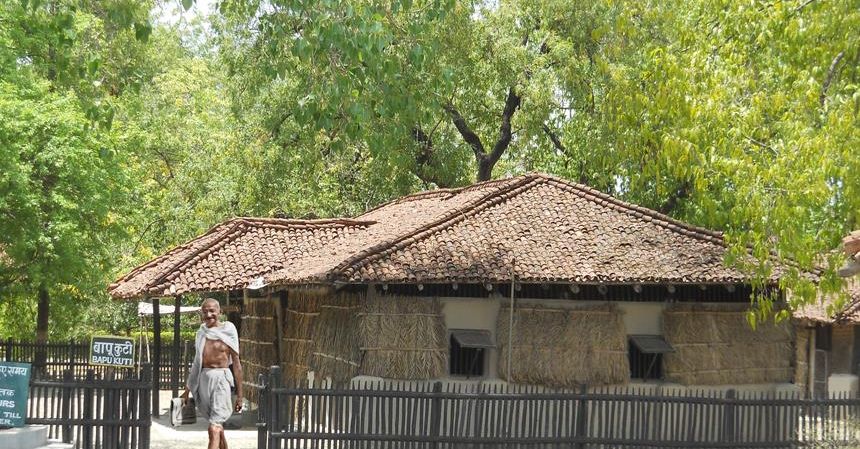
They must be stopped
Sabarmati Ashram today enshrines the ideals of Bapu’s life and legacy. It is sparse, it is simple and starkly frugal, those who understand Bapu’s ideals and life know that this is his true legacy and the Sabarmati Ashram portrays them truly, making them believable.
It is only those who have never understood Bapu and who truly are not bothered about understanding him, let alone emulating him, who feel that it needs to be made ‘grand’. Their intention is not to preserve or conserve the Ashram or make it more attractive; their intention is to obliterate it and the legacy it enshrines.
To convert a shrine of our independence movement and the life of the couple who lived there into a tourist plaza, an amusement park. That is their real intention. After seeing what the Government and the agency appointed to ‘redevelop’ Sabarmati Ashram have done to Jallianwala Baug, under the guise of turning it into an attractive tourist destination, how they have desecrated a reverential, holy place by adding vulgar glitz and gloss, my anxiety about the fate of Sabarmati Ashram has multiplied manifold.
Everyone must be anxious. The question now is not about saving Sabarmati Ashram, it is about saving the legacy of Bapu and Ba. They murdered Bapu in 1948, now they are attempting to obliterate his legacy. They must be stopped.
(Tushar Gandhi)
(Email : gandhitushar.a@gmail.com)

